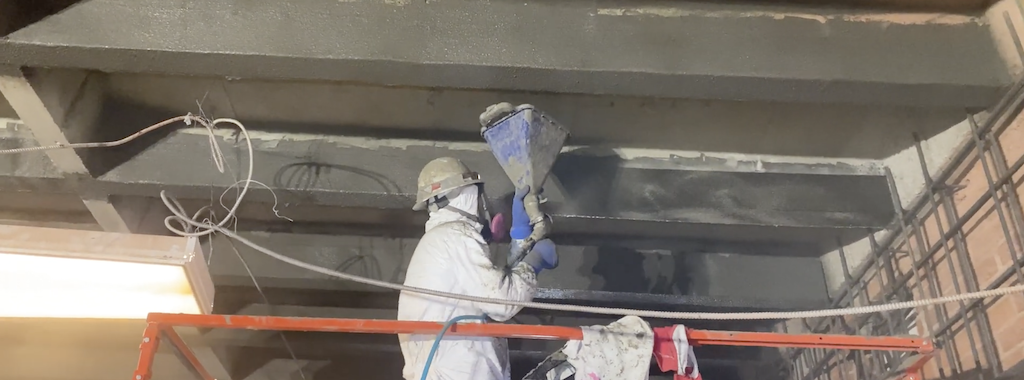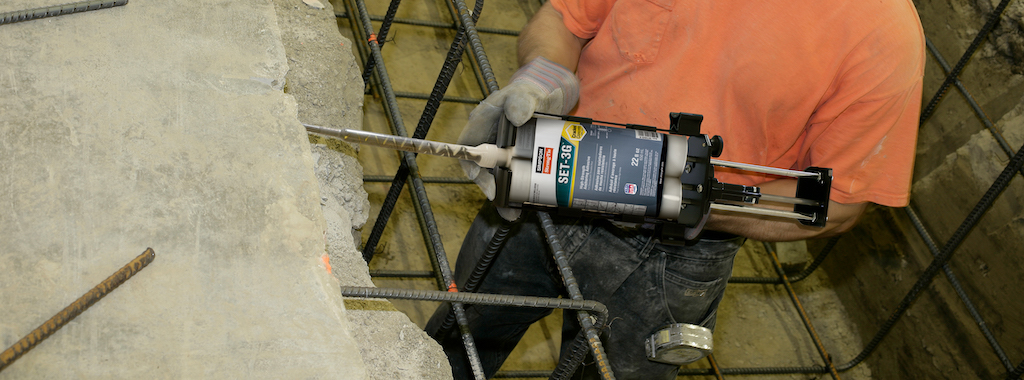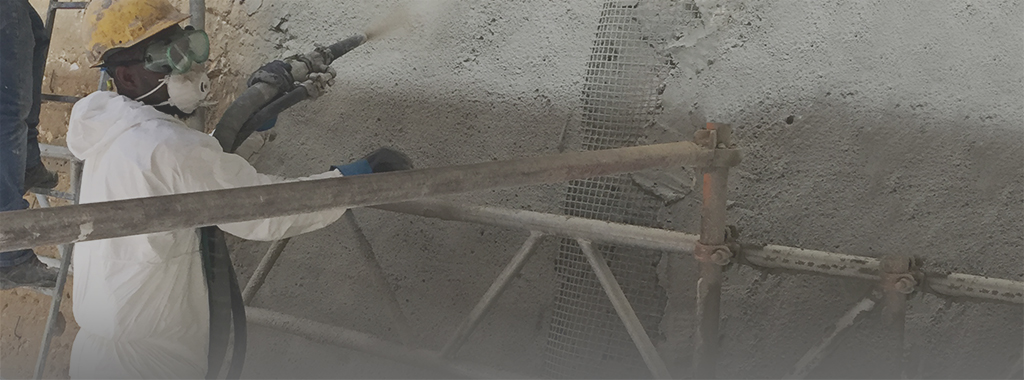We’re excited to share another fiber-reinforced polymer (FRP) project that required both flexural and shear strengthening (photo below) of reinforced concrete joists to enable the slab floors to carry more live load. The structure is in Southern California, and appears to have been built in the 1950s or 1960s when pan joist construction was common. The EOR for this project, Structural Focus, is an experienced structural engineering firm known for seismic retrofit solutions. The FRP applicator was FD Thomas Structural Specialties, a contractor with decades of FRP installation experience.
Tag: concrete repair
Reasons to Specify SET-3G Adhesive for Anchorage in Concrete Construction
We’ve been receiving a lot of requests lately from engineers wanting to know exactly what the difference is between Simpson Strong-Tie’s relatively new adhesive, SET-3G™, and its predecessor, SET-XP®. Both are epoxy-based adhesives used to anchor threaded rods and reinforcing bars in concrete base material for structural applications. If you perform a live pull test on a ½“-diameter mild steel rod embedded 4“ deep in 3,000 psi uncracked normal-weight concrete, the result will likely be the same; in both cases, the steel rod will break in a ductile manner at around 11 kips. You can see this hourglass-shaped steel failure mode happening in Figure 1. (To learn more about anchorage failure modes and ductility, check out this blog). Yet, the SET-3G design values shown in ESR-4057 come out ahead. But why?
Q&A About Fabric-Reinforced Cementitious Matrix
On February 14, we hosted the third interactive webinar in the Simpson Strong-Tie Composite Strengthening Systems™ Best Practices Series: “Introducing Fabric-Reinforced Cementitious Matrix (FRCM).”
Simpson Strong-Tie engineering manager Brad Erickson, S.E., P.E., and Simpson Strong-Tie senior product manager Mark Kennedy, PMP, conducted an informative discussion of this new product solution. You can view the webinar in our Training Center and take a course to earn one hour of CEUs, PDHs and AIA LU/HSW credits. The course and webinar discuss installation steps, identify projects where FRCM would be ideal, and cite testing and industry standards associated with FRCM.
Continue Reading



